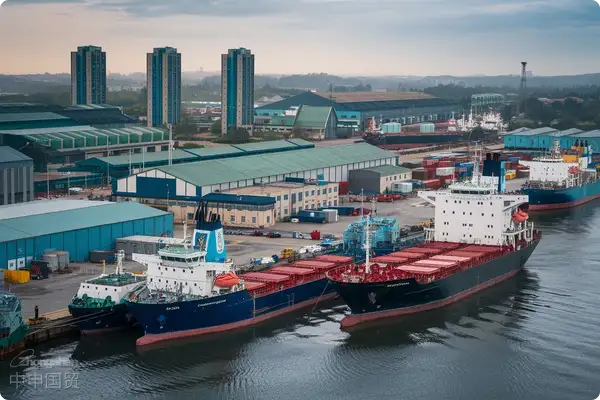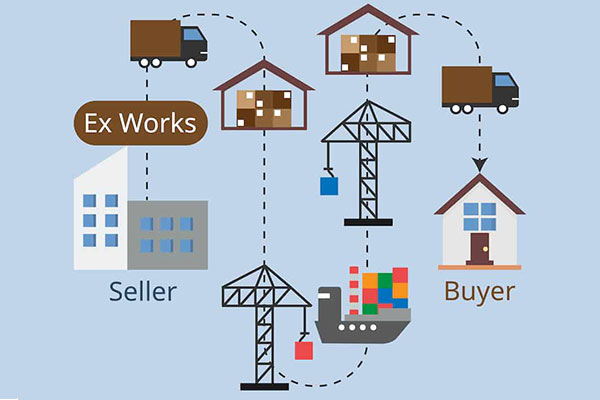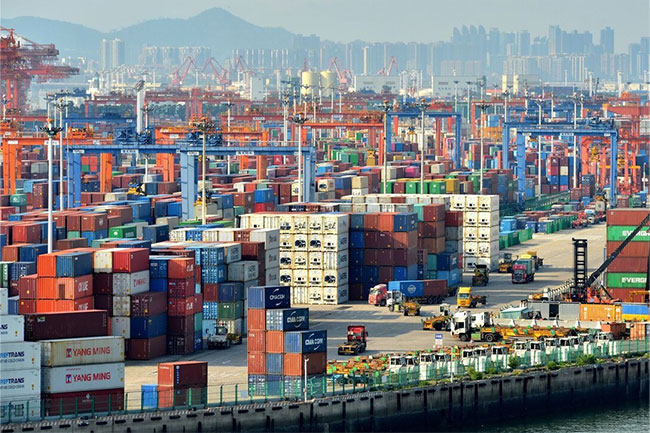- Shanghai Zhongshen International Trade Co., Ltd. - Two decades of trade agency expertise.
- Service Hotline: 139 1787 2118

Export RepresentationWhat core items are included in the total cost?
According to the 2025 international trade service standards, complete export agency costs should include the following 7 elements:
- Basic service fee(0.8%-3% of cargo value)
- International transportation fees (Maritime Transportation/Air Transportation/Land Transport)
- Customs clearance and inspection fees (including standby funds for customs inspection)
- Document processing fees (document preparation/certification/translation)
- Special service surcharges (e.g. dangerous goods declaration)
- Exchange rate fluctuation reserve (to address payment cycle risks)
- Emergency handling fund (for sudden returns/document amendments, etc.)
What are the two common models for service fee calculation?
In 2025, mainstream agency service providers adopt two billing methods:
- Flat fee model
- Percentage of cargo value (suitable for bulk commodities)
- Example: $1 million cargo value × 1.5% = $15,000
- Tiered pricing model
- Base service fee of 5,000 yuan for the first 5 tons
- Additional 300 yuan per ton for overweight portions
How to determine if logistics costs are reasonable?
It is recommended to adoptThree - dimensional price comparison method:
- Compare quotes from at least 3 different agents
- Compare price fluctuations on the same route over the past 3 months
- Thoroughly verify the detailed cost breakdown (e.g. whether it includes fuel surcharges)
Taking the tariff calculation standards adjusted by the General Administration of Customs in 2023 as an example, logistics costs in CIF should be controlled within 12-18% of the cargo value.
Which hidden costs are easily overlooked?
- Time cost traps: Expedited customs clearance fees can be up to 3 times regular fees
- Document sunk costs: Special document certification fees may exceed 2,000 yuan per instance
- Exchange rate fluctuation losses: A 3-month payment period may cause 1.2%-2.5% exchange loss
- Return reserve: Need to reserve 5% of cargo value as emergency funds
How to optimize export agency costs in 2025?
Based on service case data from the past three years, we recommend 4 major optimization strategies:
- Advance logistics planningBooking 45 days in advance can save 12% on freight costs
- Service package integrated procurementCustoms clearance + tax refund bundled services can reduce costs by 8%
- Establish long-term service agreementsAnnual framework contracts qualify for tiered rebates
- Apply intelligent price comparison systemsDigital tools reduce manual comparison costs
How to avoid falling into low-price traps?
3 characteristics of problematic quotations:
- Service fees below industry warning lines (<0.6% of cargo value)
- Vague contract terms regarding key cost responsibilities
- Lack of complete qualification documents
Recommend requesting service providers to submit actual settlement statements for similar transactions in the past 6 months as price comparison benchmarks, with special attention to liability division changes under the new INCOTERMS 2024.
Related Recommendations
Contact Form
Learn
Get in Touch
Email: service@sh-zhongshen.com
Related Recommendations
Contact via WeChat

? 2025. All Rights Reserved. Shanghai ICP No. 2023007705-2  PSB Record: Shanghai No.31011502009912
PSB Record: Shanghai No.31011502009912









